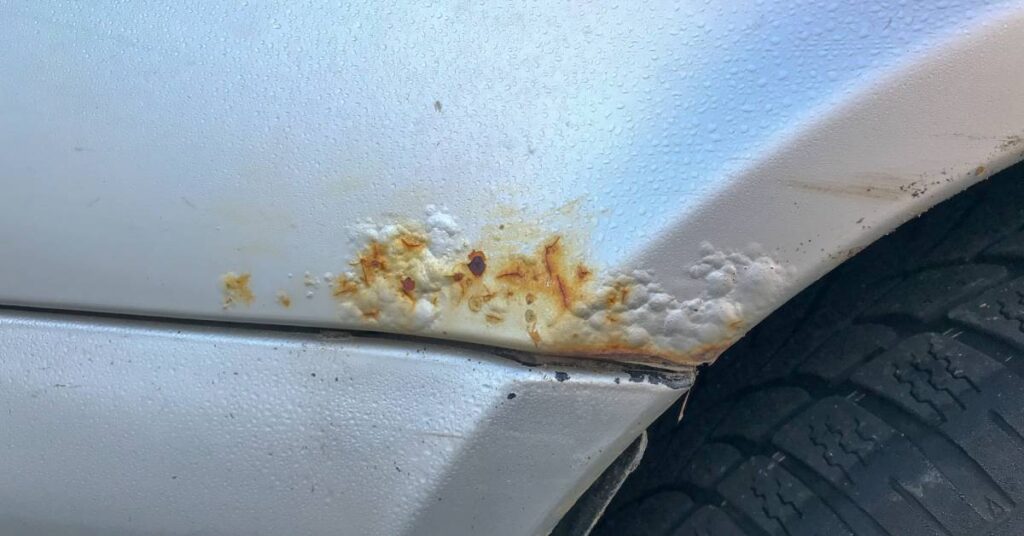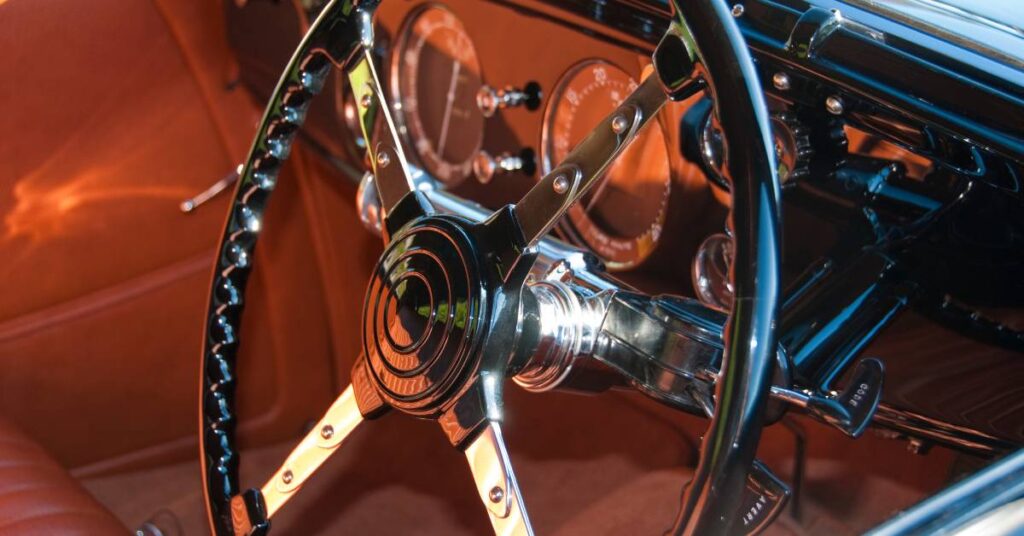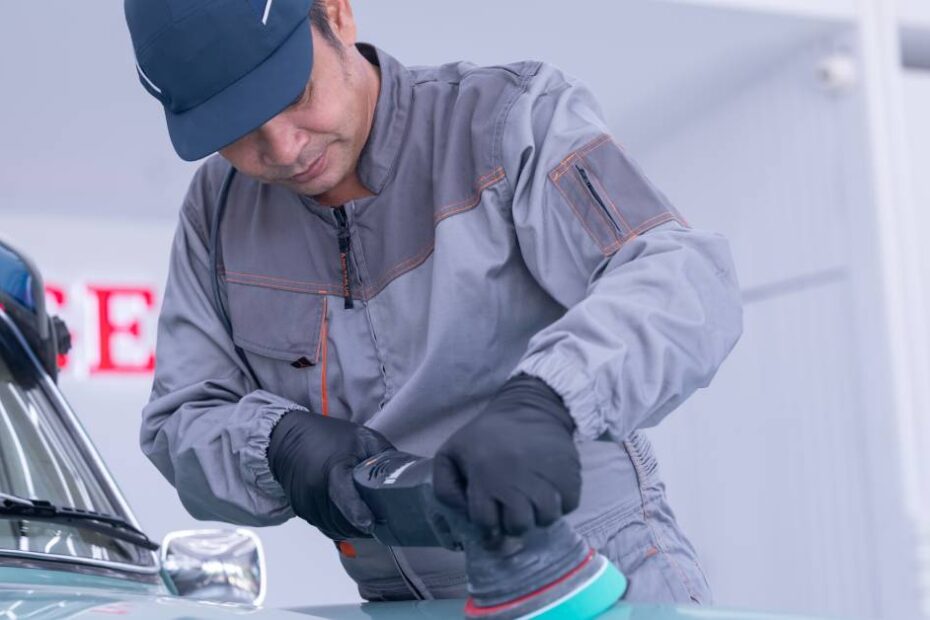Restoring a VW Rabbit is an incredibly rewarding project for automotive enthusiasts. This iconic hatchback, beloved for its unique charm and practicality, has garnered a loyal following over the years.
However, as with any classic car restoration project, there are challenges along the way. Understanding the common roadblocks when restoring a VW Rabbit will help you prepare for the process and achieve your goal of having a classic vehicle with modern amenities.
Finding Authentic Parts
One major challenge when restoring a VW Rabbit is sourcing authentic parts. As these vehicles age, original components become increasingly scarce.
This scarcity often leads enthusiasts to scour online marketplaces, salvage yards, and specialized forums to locate the needed pieces. However, this process is time-consuming and expensive.
When searching for parts, prioritize OEM (Original Equipment Manufacturer) components whenever possible. They offer the best fit and functionality for your Rabbit.
High-quality aftermarket options can serve as a suitable alternative when OEM parts are unavailable. Networking with other VW enthusiasts and joining online Rabbit communities can also provide leads on hard-to-find items. The key is persistence and a willingness to explore various channels.
Rust and Corrosion Issues

Rust and corrosion are almost inevitable when dealing with a vintage VW Rabbit. These vehicles are prone to rust, especially in areas with harsh winters or high humidity. Common problem spots include the wheel wells, floor pans, rocker panels, and the windshield.
Addressing rust requires time and effort. Start by thoroughly inspecting your Rabbit to identify all affected areas. You can often treat minor rust by using rust converters or by sanding down and repainting the area.
However, extensive corrosion may require cutting out the affected metal and welding in replacement panels. You can find VW replacement door panels and more at M&T Manufacturing.
Always use high-quality materials and protective coatings to prevent future rust. While this process is labor-intensive, addressing rust early will save you from larger issues in the future.
Electrical System Challenges
The electrical system in a VW Rabbit is another area where restorers frequently encounter issues. Over time, wiring can become brittle, corroded, or improperly modified by previous owners. These problems often manifest as faulty lights, malfunctioning gauges, or ignition system issues.
To resolve electrical problems, start by inspecting the wiring harness and connections. Replace any damaged wires or corroded terminals.
Consider investing in a wiring diagram specific to your Rabbit’s model year to simplify the troubleshooting process. If the electrical system is beyond repair, you may need to completely rewire the vehicle.
While daunting, this process ensures reliability and safety over time. Attention to detail and patience are crucial when tackling electrical challenges, so you may want to consider hiring a professional team to complete any electrical system modifications.
Engine and Transmission Rebuilds
Restoring a VW Rabbit often involves significant work on the engine and transmission. These components experience wear and tear over decades of use, and neglect can exacerbate the issues.
Common problems include oil leaks, worn gaskets, and deteriorated seals. Additionally, older engines may suffer from reduced compression or overheating.
Rebuilding the engine and transmission requires mechanical expertise and the right tools. Disassemble the engine carefully, inspecting each component for wear or damage.
Replace worn parts such as pistons, rings, and bearings. Here’s how to replace them effectively:
- Identify the Issue: Use a multimeter to test for continuity and locate faulty wires or corroded terminals. Mark the damaged sections to avoid confusion.
- Remove the Faulty Wiring: Carefully disconnect the damaged wire or terminal from its connectors. If replacing terminals, use a terminal removal tool to avoid damaging surrounding components.
- Cut and Strip Wires: Use wire cutters to remove the damaged portion of the wire. Strip about half an inch of insulation from the ends of the remaining wire.
- Attach New Wiring or Terminals: For wires, use a crimp connector or solder to attach the new section securely. For terminals, crimp or solder the new terminal onto the wire end.
- Insulate and Protect: Cover the connection with heat shrink tubing or electrical tape to ensure a secure and insulated joint. Heat the tubing to shrink it tightly over the connection.
- Reconnect and Test: Reconnect the repaired wire or terminal to its original position and test the system to confirm functionality.
For the transmission, focus on the clutch, synchronizers, and gear sets. If you’re not comfortable doing this work yourself, consider seeking the help of a professional mechanic with experience repairing vintage Volkswagens. Properly rebuilding these systems will restore your Rabbit’s reliable and efficient performance.
Interior Restoration Challenges

Restoring the interior of a VW Rabbit presents its own set of challenges. Over time, the upholstery, dashboard, and trim can fade, crack, or become damaged. Replacing or refurbishing these components is essential to achieving a complete restoration.
Begin by assessing the condition of the seats, carpets, and headliner. While you can easily replace items like floor mats, others may require custom work.
For example, reupholstering seats or repairing a damaged dashboard often involves specialized skills. Sourcing original interior components is often challenging, so you may have to consider high-quality reproductions or custom-made alternatives.
Suspension and Steering Components
A VW Rabbit’s suspension and steering systems often require attention during restoration. Worn bushings, shocks, and struts can lead to poor handling and an uncomfortable ride. Additionally, aging steering racks or tie rods may cause play in the steering system.
To restore the suspension and steering, inspect all components thoroughly and replace any that show signs of wear. Upgrading to modern suspension parts can improve the Rabbit’s ride quality and handling while maintaining its classic character.
Align the wheels after completing repairs to ensure optimal performance. A well-restored suspension and steering system will improve your driving dynamics and enhance safety.
Budget Overruns
Budgeting is a critical aspect of any restoration project, and restoring a VW Rabbit is no exception. Many enthusiasts underestimate the costs involved, leading to financial strain or incomplete projects. Expenses can add up quickly, from sourcing parts to professional labor and unexpected repairs.
To avoid budget overruns, create a detailed plan before starting your restoration. List all anticipated expenses and allocate funds for unforeseen costs.
Track your spending closely throughout the process and prioritize essential repairs over cosmetic upgrades. By managing your budget carefully, you can keep your restoration on track without compromising quality.
M&T Manufacturing: A Catalog of VW Rabbit Parts
These common roadblocks when restoring a VW Rabbit can create problems that require unique solutions. It’s essential to approach these problems with persistence and resourcefulness. Doing so will help you tackle a major mechanical overhaul and bring your Rabbit back to its former glory.
As you navigate the restoration process, remember that patience and dedication are your greatest assets. Embrace the challenges, enjoy the journey, and take pride in preserving this automotive icon for future generations. Let M&T Manufacturing help you find aftermarket VW Rabbit parts that can withstand tough conditions and make your restored vehicle look incredible!
